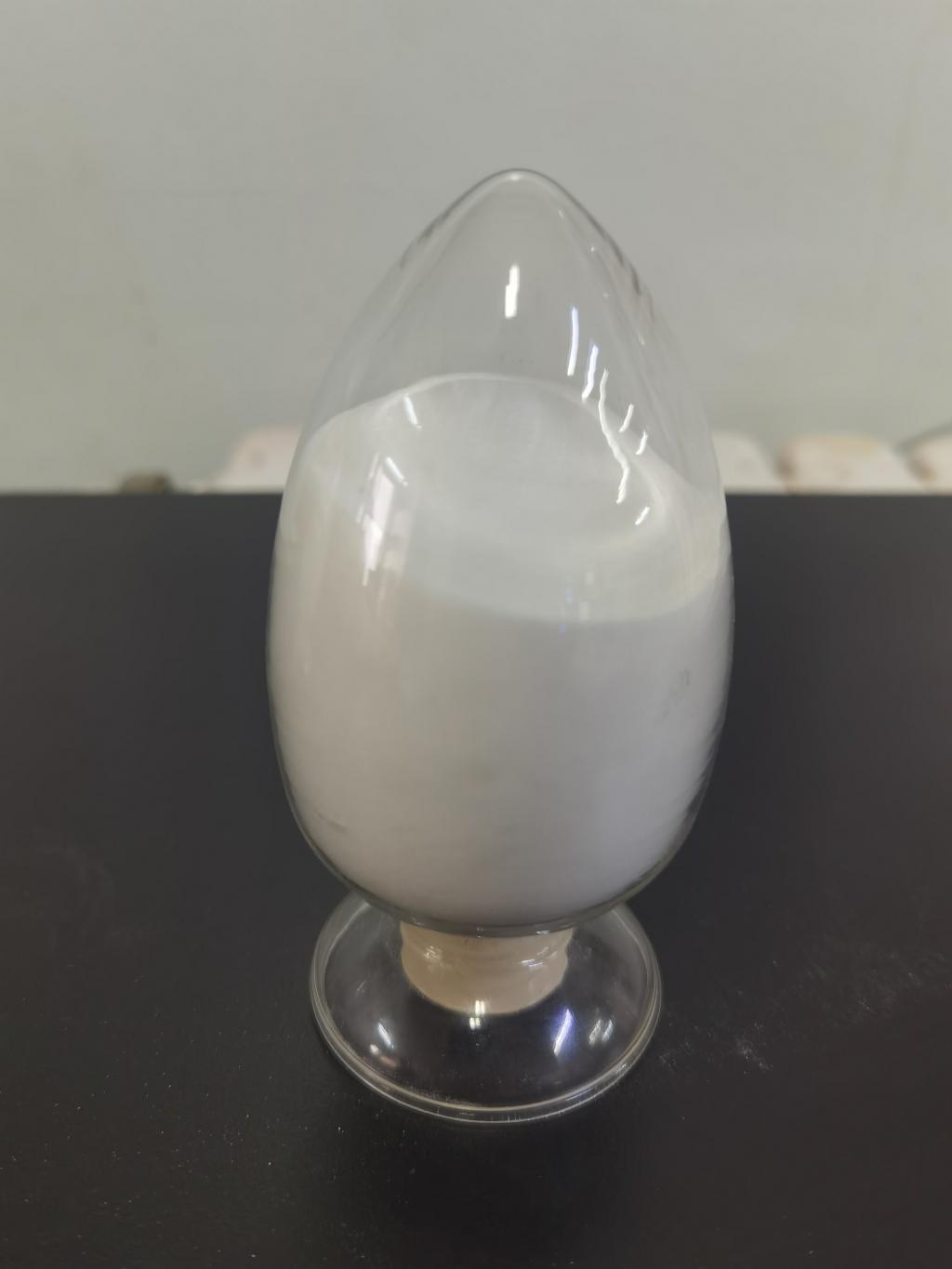Tel:+8618231198596

News
 CONTACT
CONTACT
 CONTACT
CONTACT
- Linkman:Linda Yao
- Tel: +8618231198596
- Email:linda.yao@dcpharma.cn
- Linkman:CHARLES.WANG
- Department:Overseas
- Tel: 0086 0311-85537378 0086 0311-85539701
News
Navigating Regulations: ε-Polylysine Hydrochloride and the Evolving Landscape of Food Standards
TIME:2023-12-19
Introduction:
The pursuit of natural preservatives in the food industry has led to increased interest in ε-polylysine hydrochloride, a cationic antimicrobial derived from bacterial fermentation. As the regulatory landscape evolves, understanding the approval status and permissible uses of ε-polylysine hydrochloride is vital for its successful implementation. This article navigates through the intricate web of food standards and regulations to provide clarity on the use of ε-polylysine hydrochloride in food products.
Overview of ε-Polylysine Hydrochloride:
Before delving into regulations, it's crucial to understand the fundamental properties of ε-polylysine hydrochloride. This section provides an overview of its antimicrobial activity, mode of action, and applications in food preservation, laying the groundwork for its regulatory considerations.
Regulatory Status and Approval:
The regulatory approval of ε-polylysine hydrochloride varies across countries and regions. This section examines the approval status in major markets, detailing the regulatory pathways, safety assessments, and permissible concentrations. Understanding the regulatory landscape is essential for manufacturers seeking to incorporate ε-polylysine hydrochloride into their food products.
Codex Alimentarius and International Standards:
The Codex Alimentarius, established by the Food and Agriculture Organization (FAO) and the World Health Organization (WHO), sets international food standards. Explore how ε-polylysine hydrochloride fits into these standards and the implications for global trade. An analysis of Codex guidelines provides insights into the harmonization of regulations on a global scale.
European Union (EU) Regulations:
The European Union (EU) has specific regulations governing food additives and preservatives. This section examines the approval process for ε-polylysine hydrochloride in the EU, including its inclusion in the list of authorized food additives and relevant considerations for compliance.
United States Food and Drug Administration (FDA):
In the United States, the FDA regulates food additives, including preservatives. Learn about the regulatory status of ε-polylysine hydrochloride in the U.S., including the Generally Recognized as Safe (GRAS) designation and permissible uses in various food categories.
Asia-Pacific Regulatory Landscape:
Examine the regulatory landscape for ε-polylysine hydrochloride in key Asia-Pacific markets, such as China and Japan. Understanding regional variations in approval status and concentration limits is crucial for manufacturers targeting diverse markets in this region.
Considerations for Labeling and Transparency:
Regulatory compliance extends beyond approval status to encompass accurate labeling and transparent communication with consumers. This section explores considerations for labeling ε-polylysine hydrochloride-containing products, including ingredient declaration, concentration disclosure, and the implications for consumer understanding.
Evolving Trends and Future Regulatory Developments:
As the food industry continues to evolve, regulatory trends are shifting towards greater transparency, sustainability, and clean label initiatives. Explore how these trends may influence the regulatory environment for ε-polylysine hydrochloride and other natural preservatives in the future.
Challenges and Opportunities:
Navigating regulations for ε-polylysine hydrochloride presents both challenges and opportunities. Challenges may include varying approval processes and concentration limits, while opportunities lie in aligning with consumer preferences for clean label products. This section explores strategies for overcoming challenges and capitalizing on regulatory opportunities.
Conclusion:
In conclusion, navigating regulations for ε-polylysine hydrochloride is a multifaceted task that requires a comprehensive understanding of global, regional, and local standards. By staying informed about approval statuses, permissible concentrations, and labeling requirements, food manufacturers can successfully integrate ε-polylysine hydrochloride into their products while meeting regulatory compliance and consumer expectations.
- Tel:+8618231198596
- Whatsapp:18231198596
- Chat With Skype







